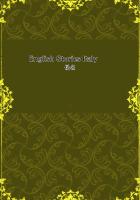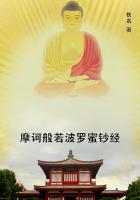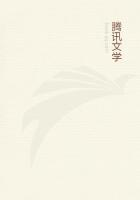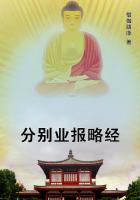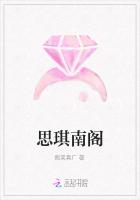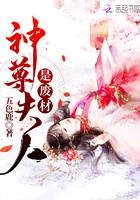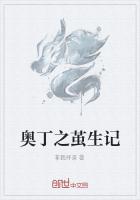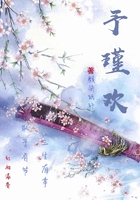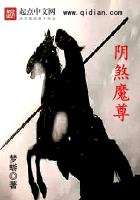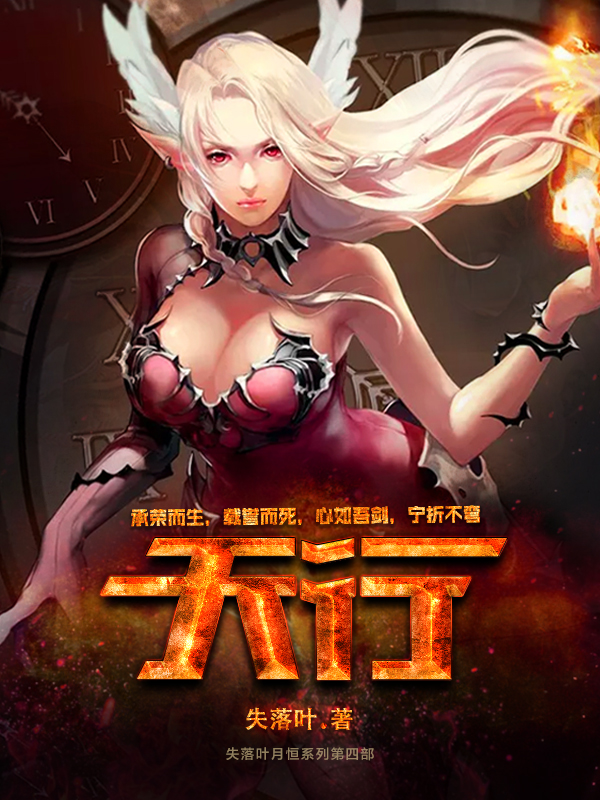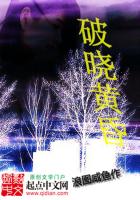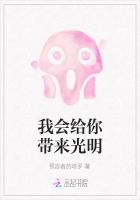Costumes of Hopi Women. The women's native dress is most picturesque, and far more adhered to than that of the men. The main dress is a welt-woven blanket of deep blue, sometimes with slight red decoration, which is fastened over the left shoulder and down the left side. The right shoulder is left bare, unless, as invariably is the case with the Indians who associate much with the whites, a light calico shirt is worn under the dress. It reaches to below the knees, and is encircled around the waist by a broad home-woven sash, which is wrapped two or three times around the body, and has the end carelessly tucked in. The feet are covered with moccasins, to which are attached swathings of buckskin, which are wrapped around and around the legs, until they are as large as ordinary sized stovepipes. The hair is worn in peculiar fashion, that symbolizes the social condition of the wearer. At puberty a maiden is required by the inflexible rule of the tribe to dress her hair in two great whorls--one over each ear--called "nashmi." These are in imitation of the squash blossom, which is the Hopi symbol of maidenhood and purity. When she marries, she must change the fashion of dressing the hair into two pendant rolls, in imitation of the fruit of the squash, which is their emblem or symbol for matronhood and chastity.
Navaho Men's Costumes. The old time Navaho men wear the white calico trousers, slit up the side, and a shirt, either of colored calico or of some kind of velvet cloth. On the feet are moccasins, and the stockings are the same footless kind as worn by the Hopi, fastened below the knee with a wide garter. This is made in the same style as the sashes which the Hopi and Navaho women wear around their waists, but is neither so broad nor so long. The hair is either allowed to flow loosely over the shoulders, or is arranged in a kind of square knot at the back of the head. As a basis for this knot, a hairpin made of bone, from three to five inches long, smoothed almost flat, with beveled or rounded edges, and often rudely carved, is used. Around this knot a sash similar to a garter is generally wrapped to secure it. The universal bands is worn around the head to help bind the hair, and keep it away from the forehead.
Navaho Women's Costume. The women wear a brown, green, or red velvet shirt, with a "squaw dress" beautifully woven of deep blue cotton, with a conventionally designed red border. Around the waist the wide sash, before described, is wound. This dress is both skirt and waist, but of late years those women who live in or near our civilization discard their native dress, and wear a skirt of calico, with the velvet shirt.
The Havasupai Dress. The Havasupai men and women now wear as near the conventional dress of our race as their means will allow. When I first knew them, the men seldom wore more than a pair of moccasins and a breechcloth in summer, with buckskin shirt and trousers, and a Navaho blanket over the shoulders in winter. The conventional dress of the women at that time was a skirt made of shredded cedar bark, which was suspended from the waist to below the knees, without shirt or shirt-waist. In winter, a Navaho blanket was worn over the shoulders. Both men and women still wear the inevitable moccasins, though the "civilized" members of the tribe buy their shoes at the white man's store in Williams, Ash Fork or Seligman. The women generally bang their hair across, about the center of the forehead, and then allow the rest of the hair to hang loose. It is a great insult to a Havasupai woman to ask her to throw back her hair from her cheeks, and to do it oneself is a serious offense.
Language. In language, these people are as different one from another as are the Turks, the Esquimaux and the French. Even in the ******st words these differences are marked. Take a few comparisons. For good the Hopi says lolomai, the Navaho yatehay and the Havasupai harnegie. Bad in Hopi is ka-lolomai (not good), Navaho da shonda (of the evil one), Havasupai han-a-to-opo-gi.

